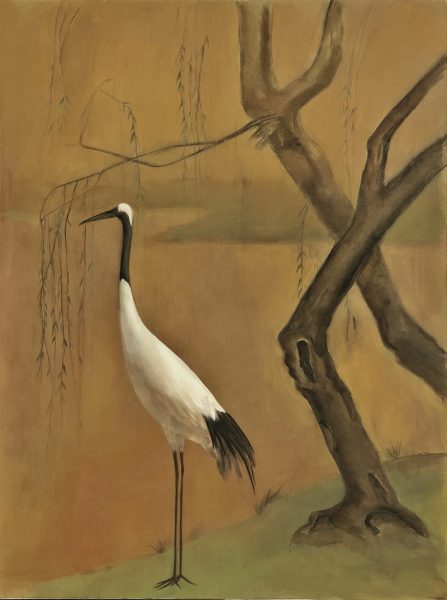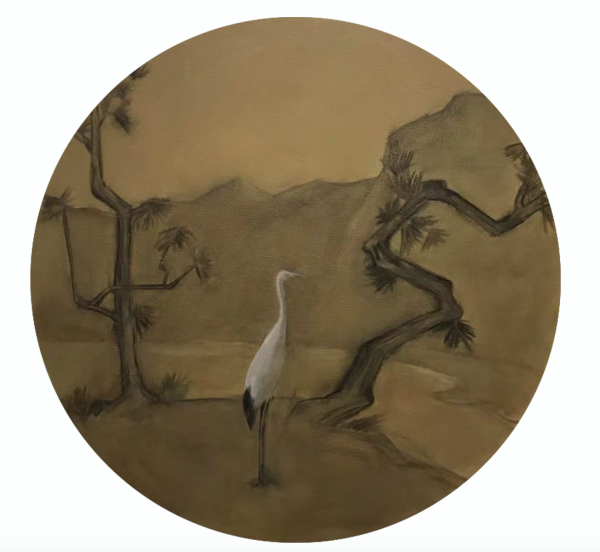
About the Artists
Deng Xinli
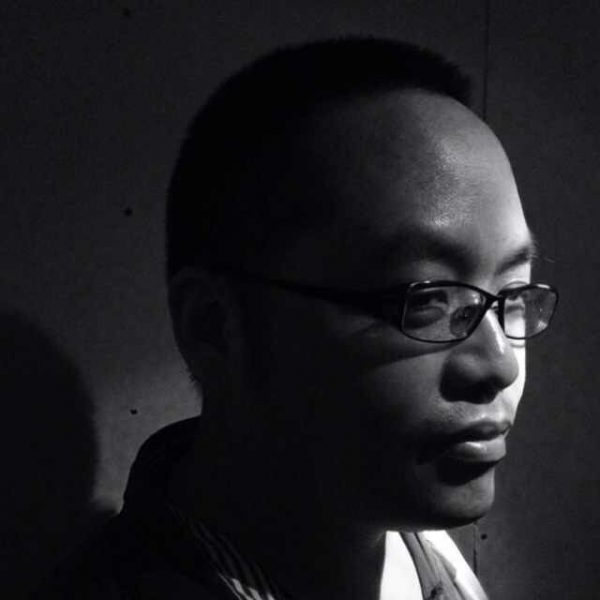
Deng Xinli’s work can be described as a critical fantasy that expresses the political and symbolic changes into Chinese values seen by an Asiatic eye and his social interaction beyond the military power. He is guided by the changes of patterns of this era, combined with a surrealist mood that reflects the historical and materialistic revolutions, affecting tradition and creating new myths.Deng Xinli’s primary purpose is to combine tradition with the current state, revive a cultural memory in time and space crisscross, endowing these images evolved from ancient times with new life and symbolism. Characters of Hang & Tang Dynasties are recognized through the ages for their elegancy and beauty, representing an ideal of verve and idleness. Deng Xinli integrated his various personal experiences and achievements in art exploration into the images he created. He endeavored to visualize time, transforming quiescent history and culture into fresh and visible contemporary sense. All of these are time indications, yet this is not the artist’s intention. The artist aims at getting through the past and present, discovering the charisma and fantasy of creation, and pursuing the visual answer to the source of culture memory.
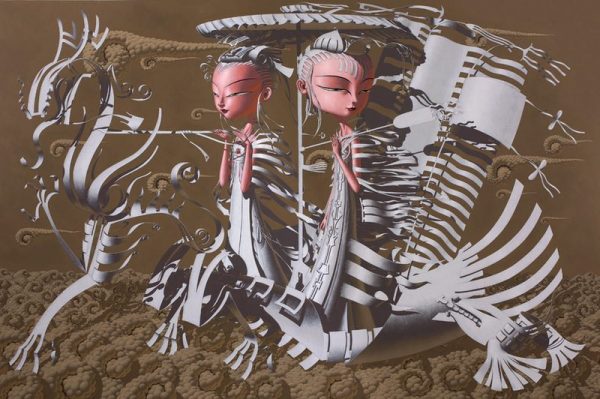


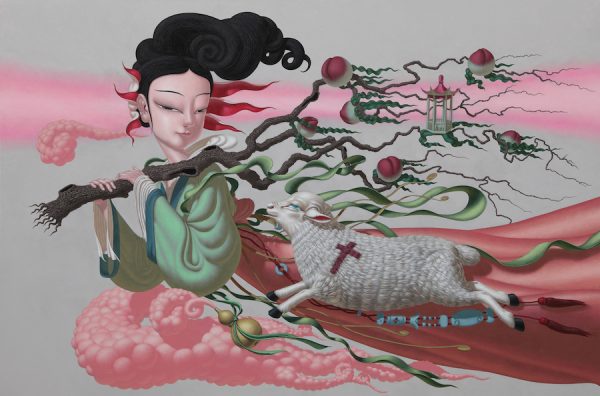

Xie Yi
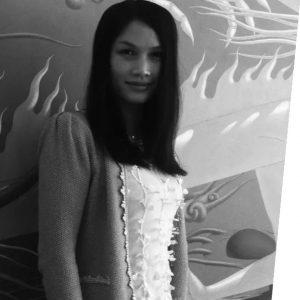
Part of a new generation of Chinese artists deeply affected and influenced by the country’s recent and ancient history, Xie Yi’s powerful figurative paintings engage highly traditional methods to communicate thoroughly contemporary ideas about art and culture in China today.The work of Xie Yi is deeply rooted in tradition and rich in cultural significance. Figures drawn from ancient myths, or conjured from legends, form the strongly symbolic heart of much of the subject matter, but manifest themselves in their paintings in different ways.
The work of Xie Yi entwines history and myth in paintings of landscapes that strongly reference traditional ink-wash paintings – familiar to the Western eye in scrolls. Hers is an ancient meditative world, uninhabited by humans, but lled with reiki – or spirits – which are represented by the horse, a symbol associated with nobility and purity. The horses, which hover above or beyond the landscapes, are highly stylized and drawn with a naivety that emphasizes their other-worldliness.
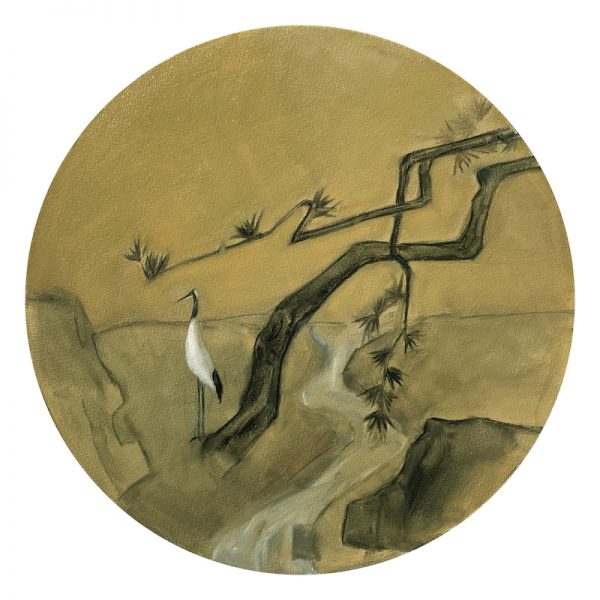
-521x600.png)
